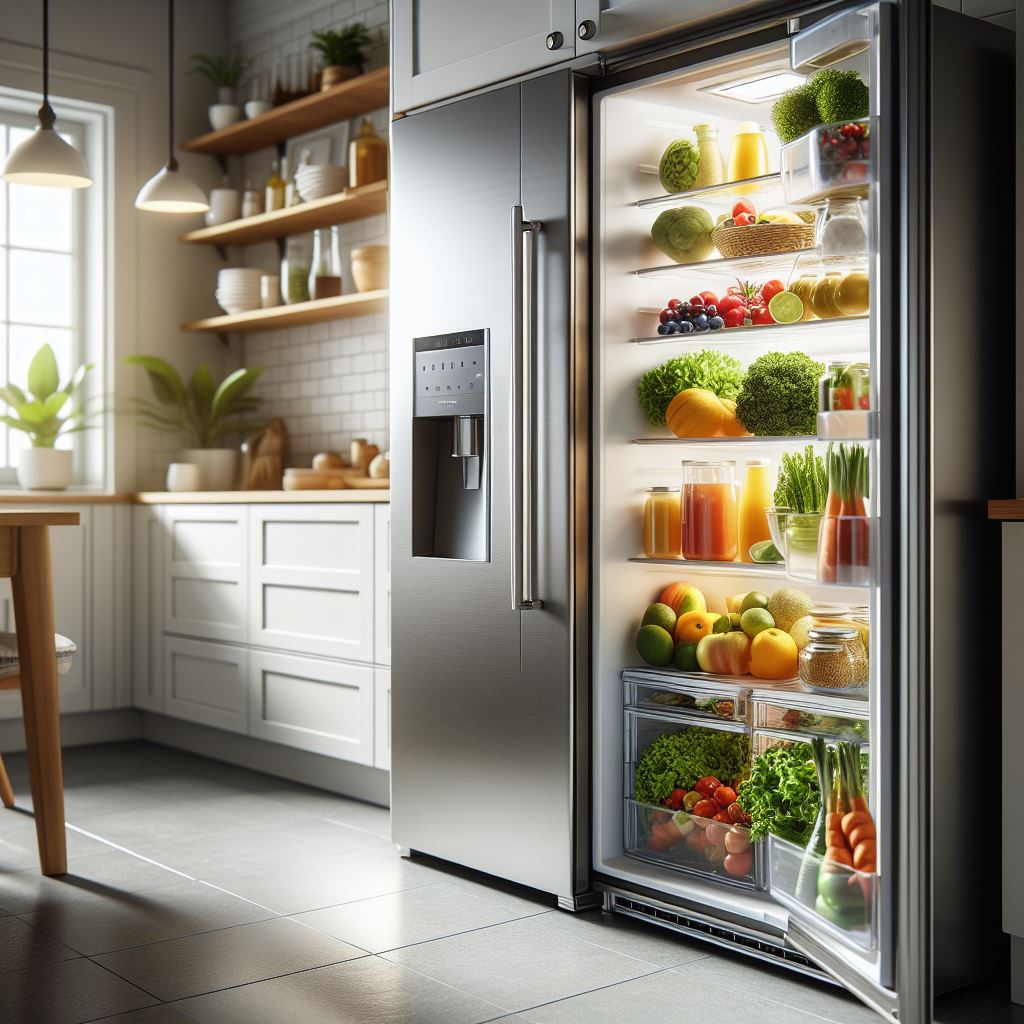Have you ever wondered how your refrigerator keeps your food cold and fresh? Well, it all comes down to a little thing called an electric current. This current is what powers the compressor in your fridge, which in turn circulates refrigerant gas to remove heat from the inside of the fridge. So next time you grab a cold drink or delicious snack from your refrigerator, remember that it’s all thanks to that electric current keeping things cool.
Refrigerators are a must-have in today’s homes, ensuring our food stays fresh and safe to eat. But have you ever stopped to think about how these appliances actually work? Well, it all comes down to the electric current that powers them.
At the heart of a refrigerator is the compressor, which is responsible for cooling. This compressor runs on electricity, which allows it to compress and circulate refrigerant gas through coils. As the gas is compressed, it heats up and is then released into the condenser coils located either on the back or bottom of the fridge. Here, the gas releases its heat and transforms into a liquid.
The liquid refrigerant then moves through an expansion valve, where it expands and cools down significantly. This cool liquid is then circulated through the evaporator coils inside the refrigerator, where it absorbs heat from the interior of the appliance. This process repeats continuously, extracting heat from the fridge and maintaining a cool interior.
The electric current needed to power the compressor and other parts of the refrigerator typically comes from a standard household outlet. Most fridges run on a 120-volt alternating current (AC) supplied by your home’s electrical grid. This current powers the compressor, fans, and other electrical components, ensuring the fridge runs efficiently.
It’s worth noting that refrigerators run non-stop to keep food fresh by maintaining a consistent temperature. This means the compressor and other components are always drawing power from the electrical grid. However, modern fridges are designed to be energy-efficient, using advanced technology to reduce power consumption while still providing effective cooling.
In essence, the electric current that runs a refrigerator is vital for its functioning. From powering the compressor to circulating refrigerant gas, electricity plays a crucial role in preserving our food. Understanding how a refrigerator operates can help you grasp the technology behind this essential kitchen appliance. So next time you open your fridge, you’ll have a better appreciation for the science that keeps your food fresh and safe.
1. What kind of current makes a refrigerator run?
The kind of current that makes a refrigerator run is called alternating current (AC).
2. How does alternating current make a refrigerator work?
Alternating current powers the compressor in the refrigerator, which pumps refrigerant through the system to cool the air inside and keep your food cold.
3. Why is alternating current used in refrigerators?
Alternating current is used in refrigerators because it is more efficient and easier to control than direct current (DC), making it ideal for powering the complex components of a modern refrigerator.
